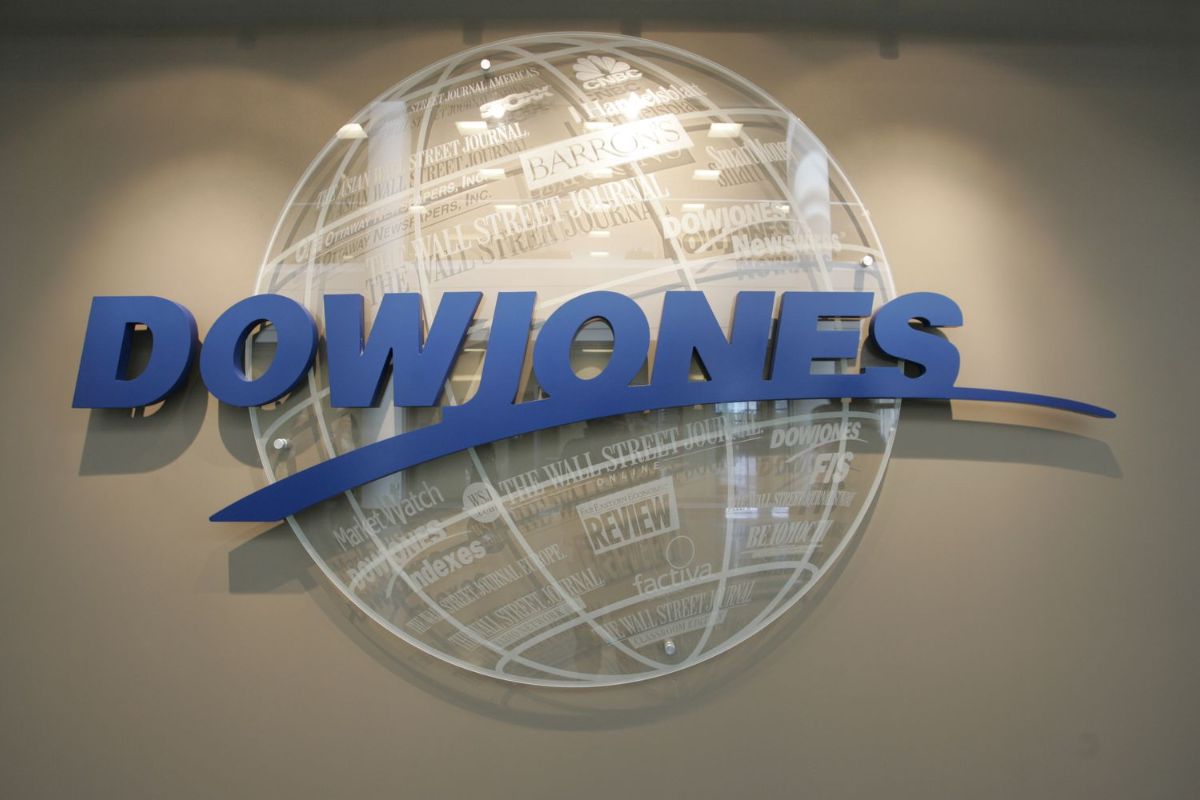How Changes in Dow Jones Constituents Reflect America’s Shifting Industrial Power?

Strong 8k brings an ultra-HD IPTV experience to your living room and your pocket.
How Changes in Dow Jones Constituents Reflect America’s Shifting Industrial Power?
[Source - Investopedia]
When most people hear "Dow Jones," they think of a stock market index flashing red or green on financial tickers. But the Dow Jones Industrial Average (DJIA) is far more than just a daily measurement of market sentiment; it is a living, evolving narrative of America's industrial and economic identity. Established in 1896, the Dow's original components reflected a coal-and-steel-driven economy. Today, its mix of companies spans sectors from tech to healthcare, mirroring the nation’s ongoing transformation.
Each inclusion or removal from the Dow tells a deeper story not just about individual companies, but about the shifting priorities, innovations, and industrial might of the United States. When Apple replaced AT&T, or when Salesforce stepped in for ExxonMobil, it wasn’t merely a portfolio reshuffle; it was a symbolic passing of the torch from one economic era to another.
The Dow serves as a curated lens through which we can view what America values, builds, and bets on. In this way, the index functions less like a scoreboard and more like a historical diary, capturing the spirit of enterprise at every turning point. To decode the Dow is to read the evolving blueprint of American capitalism itself.
Patterns in Past Dow Changes: Predicting Economic Shifts Before They Happen
[Source - Disruption Banking]
The Dow Jones Industrial Average (DJIA) isn’t just a barometer of stock market performance, it’s also a predictive tool for understanding deeper economic transitions. By analyzing the patterns in how and when Dow constituents change, we can often foresee shifts in America’s economic foundation. Here’s how:
1. The Dow as a Mirror of the Economic Climate
Every company added or removed from the Dow Jones list is selected to represent prevailing economic dynamics. For instance, the inclusion of Microsoft in 1999 highlighted the rise of the digital age. These shifts often precede broader economic movements, making the Dow a forward-looking economic indicator.
2. Sectoral Transitions Signal Industrial Relevance
When energy giants like ExxonMobil were replaced by cloud-based firms like Salesforce, it signaled a declining dominance of fossil fuels and a growing emphasis on digital infrastructure. These replacements often foreshadow where capital, talent, and policy are headed next.
3. Tech Inclusion equals Innovation Wave
[Source - The Wall Street Journal]
Technology companies have gradually claimed more space in the Dow Jones arena. Intel, Apple, and Salesforce weren’t just tech giants; they were signals of innovation cycles. Their inclusion predicted consumer behavior changes, investment patterns, and even job market evolution well before the data caught up.
4. Retail and Consumer Shifts
The replacement of General Electric with Walgreens Boots Alliance in 2018 signaled a shift in economic focus from industrial manufacturing to consumer and healthcare services. This mirrored changing demographics, rising healthcare needs, and a shift toward service-based growth.
5. Replacements Reflect Confidence in Future Value
Dow changes often precede significant bull runs in the added sectors. For instance, Apple’s 2015 inclusion was followed by a tech stock boom. Investors take Dow inclusions as validation, often setting off capital inflows that accelerate the very economic trends the Dow change reflects.
6. Economic Resilience and Global Strategy
Companies with global operations are now favored over domestically-focused ones. This reflects globalization’s impact on the U.S. economy. The shift suggests that companies with diversified revenue streams and agile supply chains are shaping future economic stability.
What CEOs and Investors Can Learn from the Dow’s Movement?
The Dow Jones Industrial Average (DJIA) is more than a number—it’s a distillation of economic sentiment, investor behavior, and sectoral shifts. For CEOs and investors alike, reading between the lines of the Dow’s movements can offer insights that go far beyond market timing. Here’s what to watch for:
1. Sector rotation reveals where capital is headed
When certain sectors outperform or dominate the Dow, it indicates where investor confidence is moving. For example, when tech stocks lead the Dow, it suggests innovation and digital transformation are priorities for the economy. CEOs can use this data to realign strategic priorities; investors can shift portfolios accordingly.
2. Index composition reflects industrial evolution
The companies included in the Dow represent what’s considered economically significant. CEOs should study which companies enter or exit the Dow Jones list; it’s a signal of market relevance. Investors can anticipate long-term value by identifying industries gaining influence before they become mainstream.
3. Volatility signals macroeconomic sensitivities
Sharp movements in the Dow Jones often precede changes in interest rates, geopolitical tensions, or consumer sentiment. CEOs can use this to brace for economic turbulence, while investors might use it to hedge risks or diversify assets.
4. Market leadership indicates innovation trends
Companies that consistently outperform within the Dow tend to be innovation leaders. CEOs can study their business models, R&D investments, or operational efficiencies. Investors may treat these outperformers as blueprints for identifying the next market disruptors.
5. Long-term trends > short-term swings
The Dow’s long-term trajectory reflects economic resilience. CEOs should focus on building sustainable value over chasing quarter-to-quarter market reactions. For investors, patience pays off—Dow components have historically rebounded strongly after downturns.
6. Global Exposure equals competitive advantage
Many Dow components derive significant revenue internationally. CEOs of mid-sized firms can use this as a cue to explore global expansion. Investors, meanwhile, gain exposure to global trends by holding Dow stocks, making the index a proxy for worldwide economic health.
7. Inclusion Criteria equals Success Roadmap
Companies are added to the Dow Jones list based on strong earnings, brand recognition, and consistent performance. CEOs aspiring for similar stature can focus on these fundamentals. For investors, these criteria offer a filter for long-term value picks.
Conclusion
The Dow Jones list is more than tradition, it’s a forward indicator of economic relevance. Its movements, inclusions, and exclusions don’t just reflect the past; they signal what industries, innovations, and business models are shaping the future. For investors, it offers foresight into market momentum and sectoral leadership. For CEOs, it serves as a benchmark for enduring relevance, strategic agility, and economic impact. As America’s industrial landscape evolves, the Dow quietly chronicles that transformation, providing a pulse check on where the economy is heading. To ignore its signals is to overlook the very fabric of economic power and progress in the modern era.
Uncover the latest trends and insights with our articles on Visionary Vogues
Note: IndiBlogHub features both user-submitted and editorial content. We do not verify third-party contributions. Read our Disclaimer and Privacy Policyfor details.







